Do you have a question about the Behringer X V-AMP LX1-X and is the answer not in the manual?
Covers warnings related to electric shock, uninsulated voltage, and general device safety.
Guidelines for protecting the power cord and ensuring proper plug usage.
Advice on using only specified accessories and ensuring equipment stability.
Instructions for unplugging during storms, servicing by qualified personnel, and connection safety.
Information regarding disclaimers on specifications and warranty terms.
Information for new users, including handling potential shipping damage and initial setup.
Introduction to key controls like Keys, FX/AMPS, TAP LED, Footswitches, ADJUST, GAIN, VOLUME, and STORE.
Detailed explanations for controls like STORE, NOISE G., CONFIGURE, COMPRESSOR, BASS EQ, MODULATION, and PRESENCE.
Descriptions for DELAY, PEDAL ASSIGN, REVERB, TAP key, and EXPRESSION PEDAL operations.
Details on INSTRUMENT INPUT, LINE OUT/PHONES, MONO AMP OUT, and system functions like 2nd FUNCTION and FX/AMPS.
How to activate and select between the 9 possible operating modes for signal routing.
Table listing operating modes for PHONES, AMP+FX, and FX only outputs.
Illustrates a typical connection setup for the X V-AMP with external gear.
Information on the 100 user-rewritable presets and their components.
How to select and recall stored presets.
Steps for modifying existing presets and saving changes.
Procedure for saving edited presets to available storage slots.
Methods for discarding unsaved edits and restoring factory presets.
Details on the X V-AMP's core amp and speaker modeling capabilities.
Description of the Roland JC-120 inspired simulation.
Description of the amp model suitable for modern blues or jazz.
Description of the simulation based on a '59 Marshall Plexi 100-Watt.
Description of the simulation modeled on the Vox AC 30.
Description of the simulation comparable to a Marshall JCM 800.
Description of the simulation based on the Engl Savage 120.
Description of the simulation based on a Mesa Boogie Dual Rectifier.
Description of the simulation with a post-gain tone control for distorted sounds.
Description of the simulation based on a Fender Blackface Twin from 1965.
Description of a high-gain amplifier simulation covering a wide range.
Description of the simulation inspired by Jeff Beck's favorite amp.
Description of the simulation based on a Fender 4x10 Combo.
Description of the simulation inspired by the Ibanez Tube Screamer TS808.
Description of the simulation inspired by the ProCo Rat distortion pedal.
Setting that bypasses amp simulation, allowing external preamps.
Description of the simulation for acoustic guitars miked with a dynamic microphone.
Introduction to the multi-effects processor with 16 effect groups.
Details on parameters and types for delay effects like STEREO DELAY, LONG ECHO, SLAP ECHO, PING PONG.
Explanation of modulation effect parameters and types like PHASER, PITCH BEND.
Descriptions for DETUNE, TREMOLO effects and their parameters.
Details on ROTARY and FLANGER effects, including parameters and models.
Information on CHORUS and AUTO WAH effects, including parameters and models.
Descriptions of P-FUNK'N and WAH WAH effects, including usage notes.
Details on COMPRESSOR and NOISE GATE effects, including parameters and functionality.
Descriptions of the four reverb types: Ambience, Cathedral, Spring, and Concert Hall.
Instructions on how to use the chromatic tuner to tune the guitar.
Guide on how to adjust the reference pitch for tuning.
Explanation of the input and output connectors and their types.
Diagrams and descriptions for 1/4" TS, 1/4" TRS stereo, and headphone connectors.
Detailed specifications for instrument input, outputs, DSP, and display.
Physical dimensions, weight, and shipping weight of the unit.
Details on mains voltage, power consumption, and connection.
Statement regarding compliance with FCC rules for Class B digital devices.
Warning that unauthorized modifications can void user authority.
| Technology | Digital |
|---|---|
| Inputs | 1 x 1/4" Instrument |
| Outputs | 1 x 1/4" Headphones |
| MIDI | In/Out |
| Display | LED |
| Power Supply | 9V DC |
| Type | Guitar Multi-Effects Processor |
| Effects Types | 32 Amp Models, 15 Cabinet Models, 16 Effects |

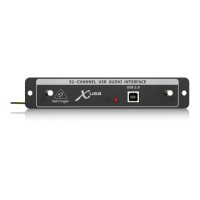
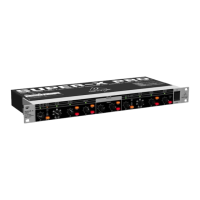

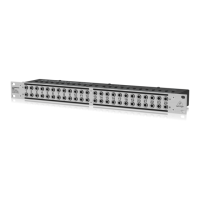

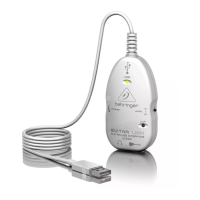
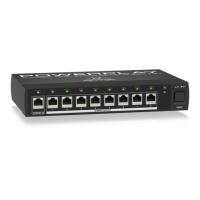
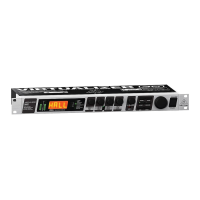
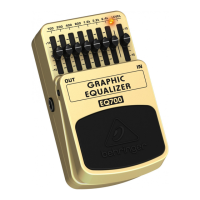
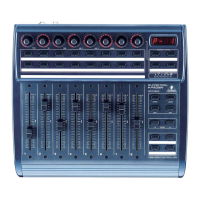
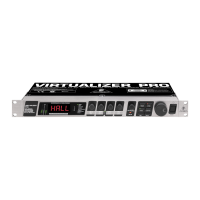
